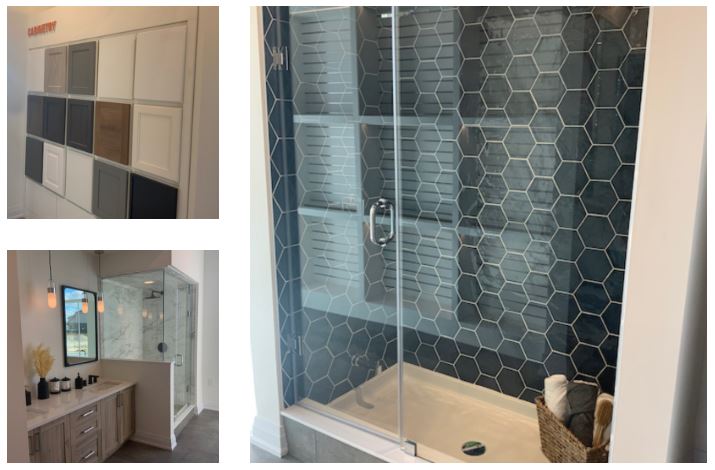Your Guide to Décor Studios, Part 2: Logistics and Coordination 101
This is Part 2 of a new blog series all about Décor Studios. Missed Part 1? Click here to read Your Guide to Décor Studios, Part 1: Why Functionality Is Key.
As we discussed in Part 1, designing a décor studio is a complex process with a lot of moving parts. And as my team and I are currently working on two different décor studios for new home builders (Empire Communities and Cachet Homes), I thought it would be a great time to share some of our recent lessons and insights.
Part 1 was all about how a décor studio must be functional. From smooth navigability to easily accessible sample boards and displays to the best colour schemes to use for a décor studio to the importance of durability, we covered some of the key details you should consider when designing a successful décor studio.
Today, Part 2 is all about logistics and coordination – specifically, coordination with suppliers.

Designing a décor studio means considering all of the suppliers that the builder in question gets their finishes from – from flooring and cabinetry to carpeting, fixtures, and more. There’s a lot to coordinate to ensure a smooth, efficient process for all involved.
Here are my top tips:
#1: Get Familiar with the Suppliers
Make sure you have a comprehensive list of all the suppliers the builder is working with and where all of the various samples will be coming from. You’ll need their complete features and finishes schedules and a list of all the samples and upgrade choices plus the brands and suppliers for each. Take your time to make sure nothing is missing.
#2: Design Your Displays to Fit Their Samples
Design displays to use suppliers’ typical sample sizes so that there’s no delay in getting new or replacement samples easily and quickly. You don’t want to be asking your supplier to make custom sizes to fit in your displays – this adds unnecessary time and work for everyone. Instead, design your displays to fit their samples.
#3: Measure Twice, Cut Once
I recommend doing “test fits” with the display manufacturer for samples, especially where there are angles or special mounting requirements. This will ensure you’ve got it right the first time before you build out expensive millwork and other displays.
Stay tuned for my next post sharing my tips and tricks for designing décor studios. Got any questions or topics you’d like me to cover? Connect with me on Instagram, Facebook or LinkedIn, and let me know!

